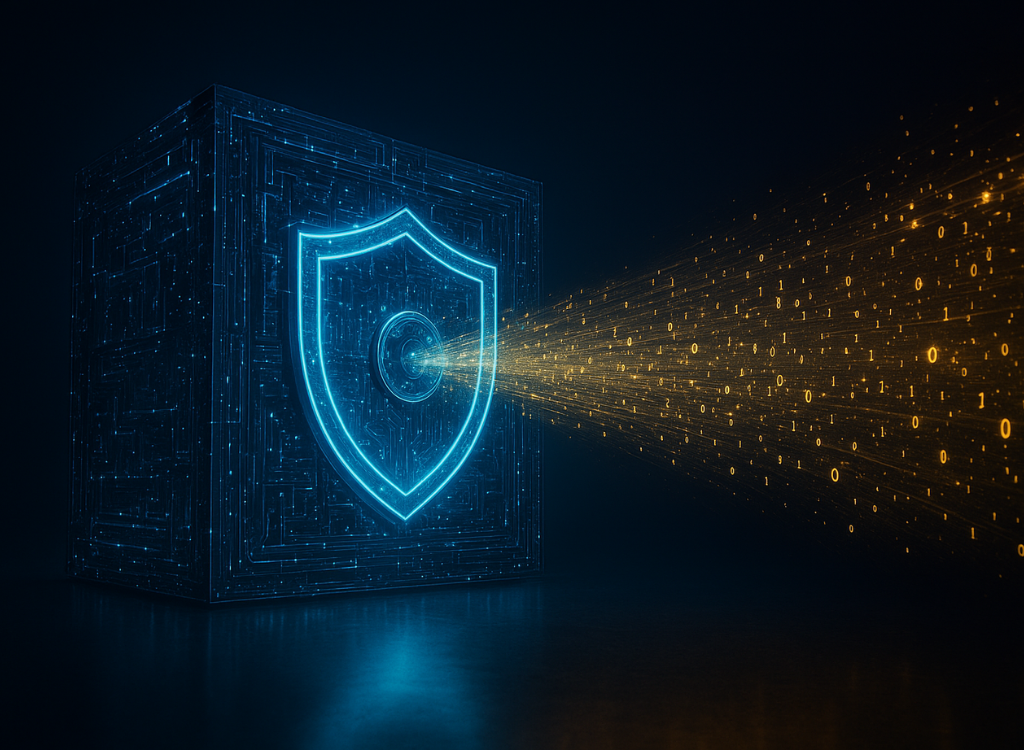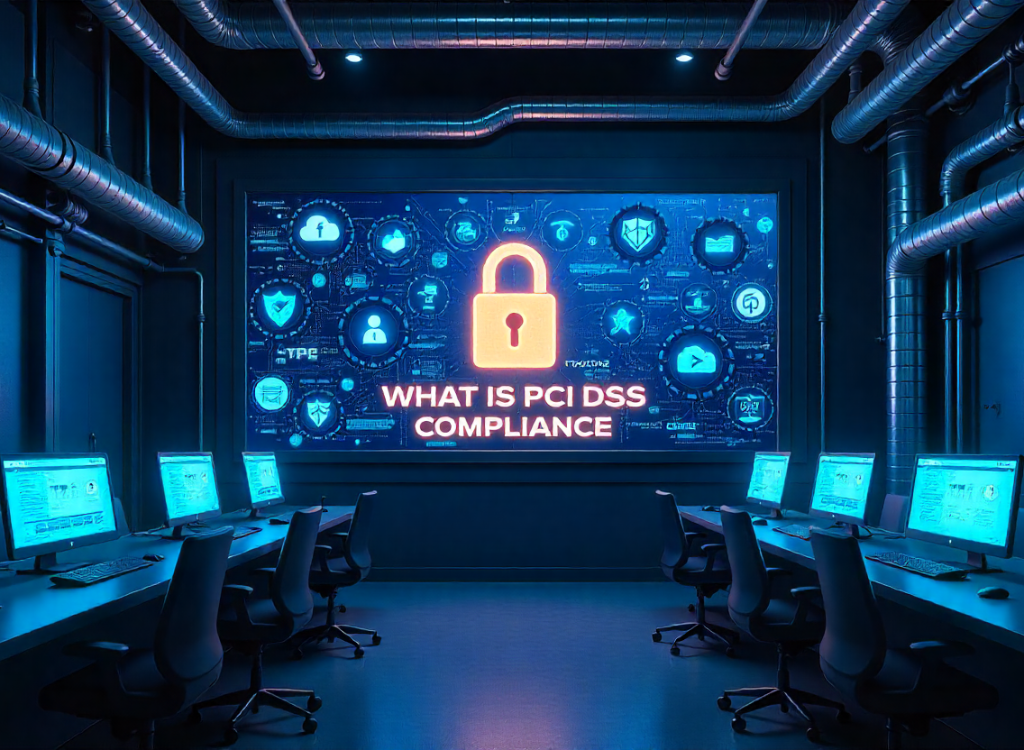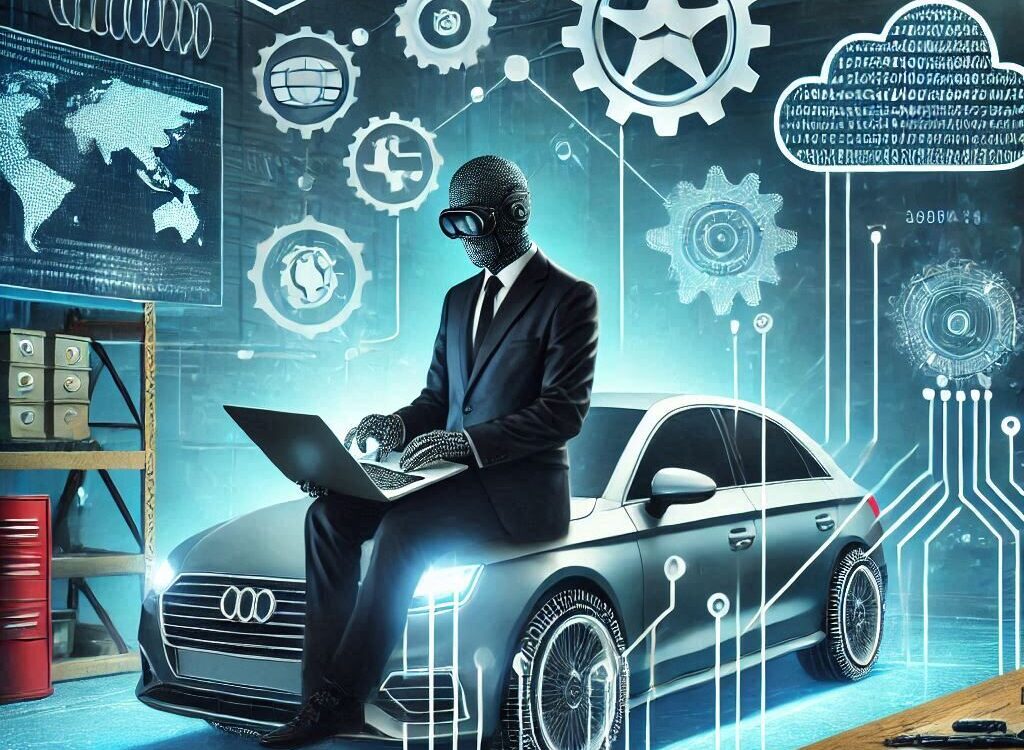Understanding SOC 2 Compliance: Difference Between SOC 1 vs. SOC2 Types
SOC 2 Compliance stands for System and Organization Controls 2, a framework developed by the American Institute of CPAs (AICPA). The purpose of this framework of SOC2 report is to provide the health status of a company’s data handling. This framework is not industry-specific, but covers any company whose customer data resides in the cloud.
Read More


